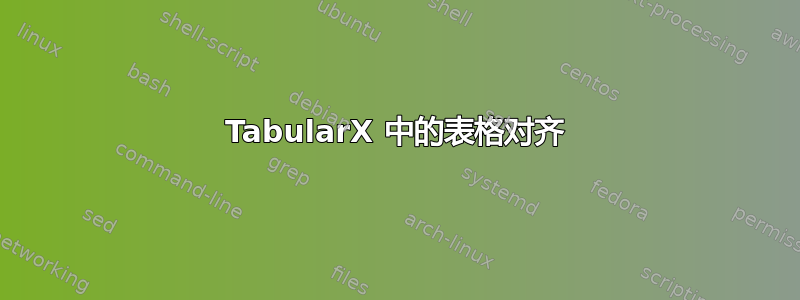
有人可以帮我解决该表格第三行对齐不佳和多余空格的问题吗?
\begin{table}[ht!]
\centering
\begin{tabularx}{\textwidth}{@{}XXc@{}}
\toprule
\multicolumn{1}{c}{Known facts} & \multicolumn{1}{c}{Open questions} & Objectives \\ \midrule
Ply-strength depends on ply-thickness (also known as in-situ effect) & There is no evidence of the in-situ effect under transverse shear & \multirow{10}{*}{1} \\
& There is controversy about which damage mechanism triggers the other & \\
Out-of-plane loads induce shear cracks and delaminations & There is controversy about which damage mechanism penalizes the components' load-carrying capacity & \\
& There is no clear evidence of how ply-thickness affects damage sequence evolution & \\ \midrule
Thin-plies increase several in-plane mechanical properties because of the in-situ effect & \multirow{4}{=}{There is little information on how ply-thickness affects thin laminates' impact response} & \multirow{4}{*}{2} \\
Thin-plies display brittle failure mechanisms & & \\ \midrule
Interleaving polyamide veils with a relatively high fibre areal weight enhances impact resistance, tolerance and interlaminar fracture toughness & Few studies incorporate veils with low fibre areal weight & \multirow{8}{*}{3$\&$4} \\
The improvement comes with a penalty of tensile and compressive properties & No study toughens thin-ply laminates & \\ & Few studies connect veil fibre architecture and mechanical properties & \\ \bottomrule
\end{tabularx}%
\end{table}
答案1
像这样?
我将最后三行合并为一行。除此之外,我对表格格式做了一些小改动,并添加了我喜欢的文档序言(您的内容未知):
\documentclass{article}
\usepackage{geometry}
\usepackage{ragged2e}
\usepackage{booktabs, makecell, multirow, tabularx}
\renewcommand\theadfont{\normalsize}
\renewcommand\theadgape{}
\newcolumntype{L}{>{\RaggedRight}X}
\usepackage{siunitx}
\begin{document}
\begin{table}[ht!]
\centering
\setcellgapes{2pt}
\makegapedcells
\setlength\tabcolsep{3pt}
\begin{tabularx}{\textwidth}{@{}LLc@{}}
\toprule
\thead{Known facts}
& \thead{Open questions}
& \thead{Objectives} \\
\midrule
Ply-strength depends on ply-thickness (also known as in-situ effect)
& There is no evidence of the in-situ effect under transverse shear
& \multirow{10}{*}{1} \\
& There is controversy about which damage mechanism triggers the other
& \\
Out-of-plane loads induce shear cracks and delaminations
& There is controversy about which damage mechanism penalizes the components' load-carrying capacity & \\
& There is no clear evidence of how ply-thickness affects damage sequence evolution & \\
\midrule
Thin-plies increase several in-plane mechanical properties because of the in-situ effect
& \multirow{5}{=}{There is little information on how ply-thickness affects thin laminates' impact response}
& \multirow{5}{*}{2} \\
Thin-plies display brittle failure mechanisms
& & \\
\midrule
Interleaving polyamide veils with a relatively high fibre areal weight enhances impact resistance, tolerance and interlaminar fracture toughness
\smallskip
The improvement comes with a penalty of tensile and compressive properties
& Few studies incorporate veils with low fibre areal weight
\smallskip
No study toughens thin-ply laminates
\smallskip
Few studies connect veil fibre architecture and mechanical properties
& \multirow{6}{*}{3$\&$4} \\
\bottomrule
\end{tabularx}%
\end{table}
\end{document}




